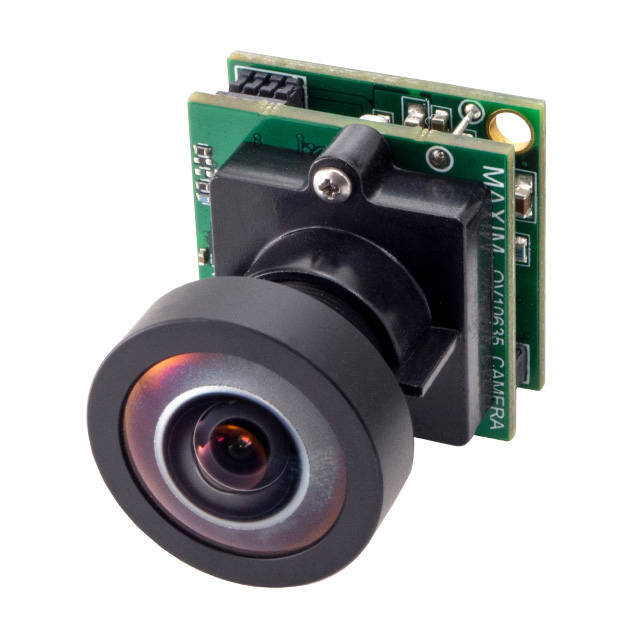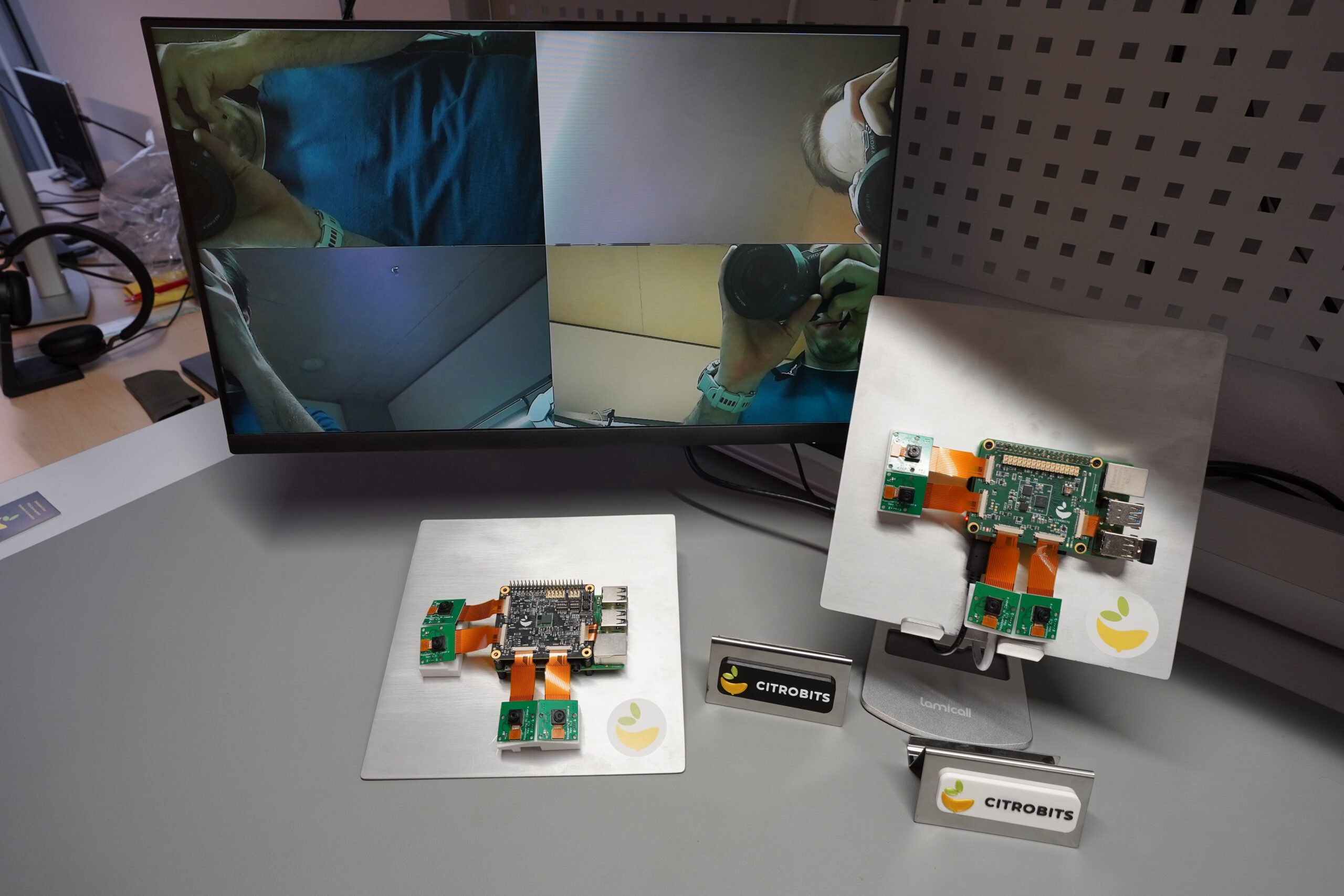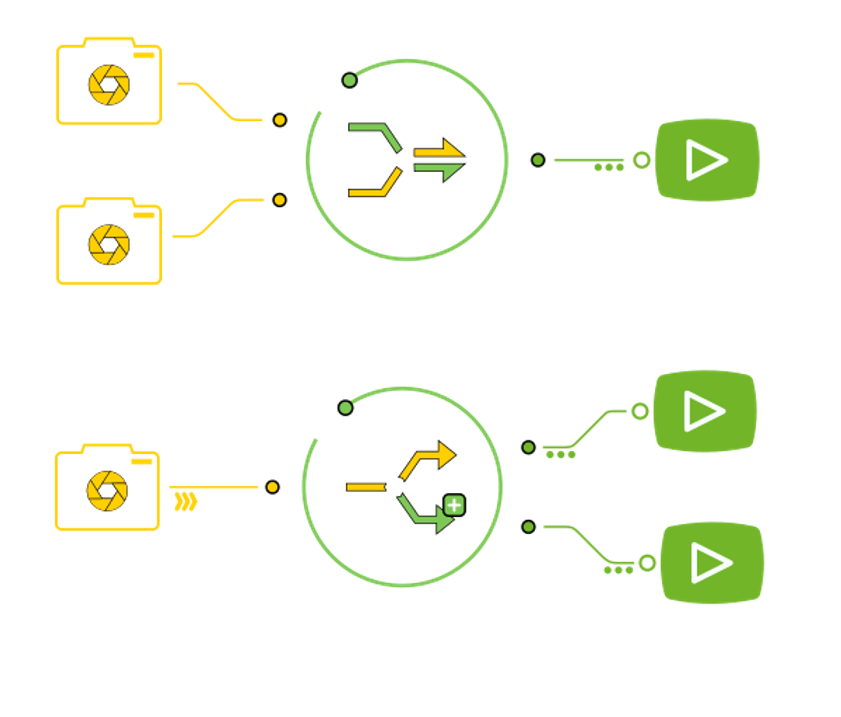Multi Sensor CSI2 Image Stitching
CSI2 Image Stitching
Image stitching, a technique in computer vision, seamlessly merges multiple overlapping images to create a panoramic or wide-field view. While commonly implemented in systems with CSI2 MIPI Virtual Channels support, alternative approaches exist for systems lacking this feature. These methods typically involve software-based algorithms that analyze image content, detect common features, and align images accordingly. Despite potential challenges such as increased processing overhead, they enable image stitching in various applications, including surveillance, mapping, and virtual reality. By leveraging computational techniques, image stitching expands the capabilities of systems without native CSI2 MIPI Virtual Channels support, offering panoramic visualization and enhanced situational awareness.

Image Stitching Demo Setup

FPGA Video Bridge Module
Introducing our FPGA-based image stitching module, a cutting-edge solution revolutionizing panoramic visualization. Leveraging high-speed parallel processing, this module seamlessly merges multiple images in real-time, unlocking immersive panoramic views. Engineered for efficiency, it minimizes latency and consumes minimal power, ideal for resource-constrained environments. Its customizable architecture ensures tailored performance for diverse applications, from surveillance to augmented reality. Compact yet robust, this solution offers scalability and reliability, adapting to evolving needs without compromising performance. Experience the future of panoramic imaging with our FPGA module – where innovation meets versatility, delivering unparalleled benefits for a wide range of industries.

Ready to deploy solution. pre-programmed devices with minimal physical footprint.
Reduce power consumption running image processing directly on FPGA fabric.
Deterministic data processing offloading computations from external visualization devices.
Built-in update mechanism for on-the-field upgrades and firmware updates.
AI-ready for automatic image processing and quality enhancement.
Minimal size and weight for handheld devices.
Block Diagram

Key Benefits
- Real-time Processing: FPGA modules offer high-speed parallel processing, enabling real-time image stitching even with large image datasets.
- Low Latency: FPGA-based solutions minimize processing delays, crucial for applications requiring immediate feedback or response.
- Customization: FPGAs allow for custom algorithm implementation, tailored to specific image stitching requirements, enhancing flexibility and performance.
- Low Power Consumption: Compared to CPU or GPU-based solutions, FPGA modules consume less power, making them suitable for energy-efficient systems.
- Compact Form Factor: FPGA modules are available in compact sizes, suitable for integration into space-constrained devices or embedded systems.
- High Throughput: With optimized hardware designs, FPGA-based solutions can achieve high throughput, processing multiple images simultaneously.
- Scalability: FPGAs offer scalability, allowing for expansion or modification of image stitching capabilities as needed, without significant hardware changes.
- Robustness: FPGA-based solutions can withstand harsh environmental conditions, making them suitable for outdoor or industrial applications.
- Low Cost: While initial development costs may be higher, FPGA-based solutions offer long-term cost benefits due to lower power consumption and scalability.
- Parallel Processing: FPGAs excel in parallel processing tasks, distributing computational load efficiently across hardware resources, speeding up image stitching processes.


